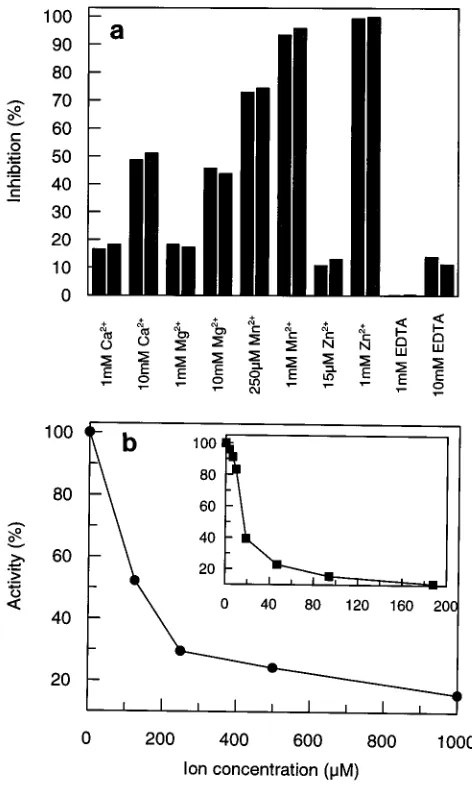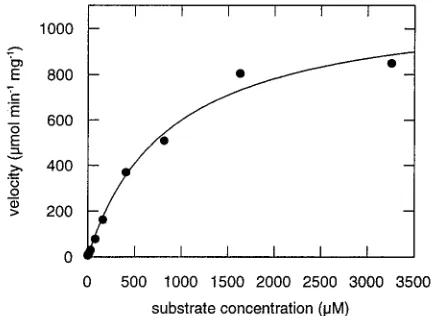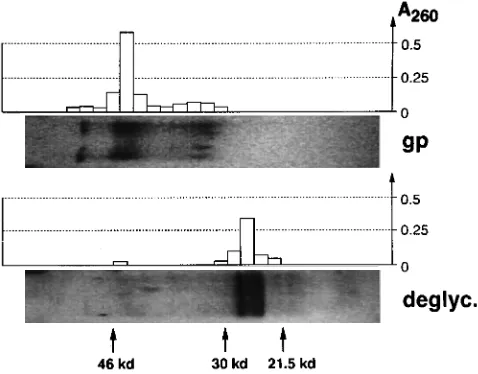RNase of classical swine fever virus: biochemical characterization and inhibition by virus-neutralizing monoclonal antibodies.
Full text
Figure



Related documents
The effects of enlargement on the Community 's external relations are likely, given the production and external trade structures of the applicant countries , to make themselves
An available instrument is a verification cost per patient treated, which allows obtaining the first-best allocation of patients to the new treatment, under the risk sharing
As a result it is observed that the Unmanned Aerial Vehicle yawed to the right side direction when the swept angle of the right side wing is increased and yawed to the left
Using data from the Multiethnic Study of Atherosclerosis (MESA), we examined whether adverse socioeconomic conditions and psychosocial stressors/distress (depression, chronic
By using directional coding approach, the algorithm proposed here treats each direction of edge pixels differently, voting for a smaller angle range covering the
Nevertheless, the clearance of influenza A/PR/8/34 (H1N1) virus from the lungs of infected BALB/c mice was significantly delayed after the transfer of virus-specific T cells
To address why these gD mutants do not function in infection and to examine which regions are involved in various aspects of gD function, we tested the two wild-type and
The most striking finding from the analysis of inferred amino acid sequences was the unexpected clustering of V3 loop se- quences detected at later time points from the two infants